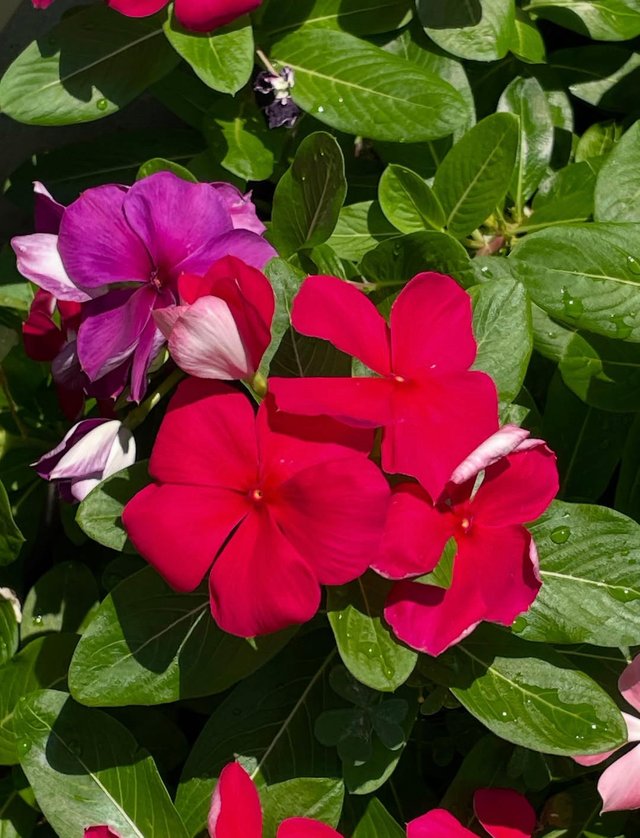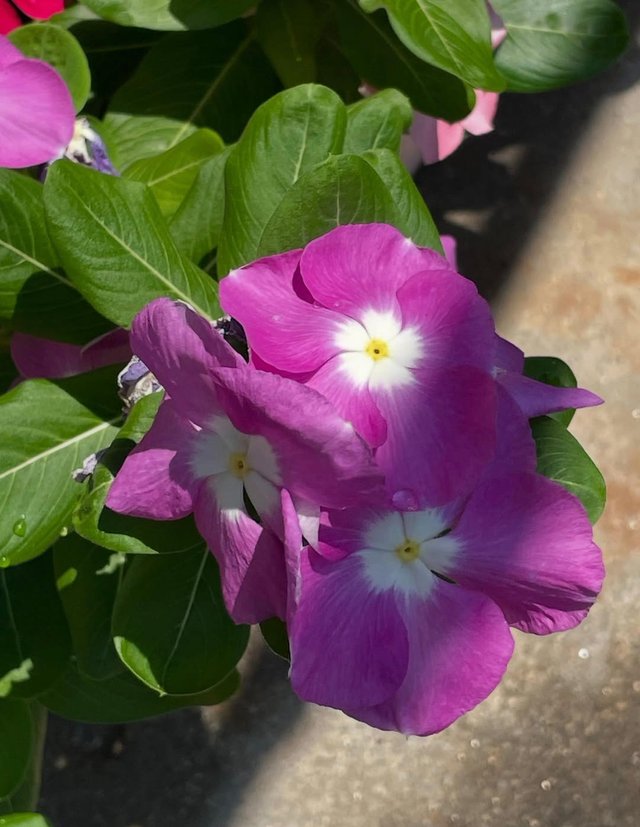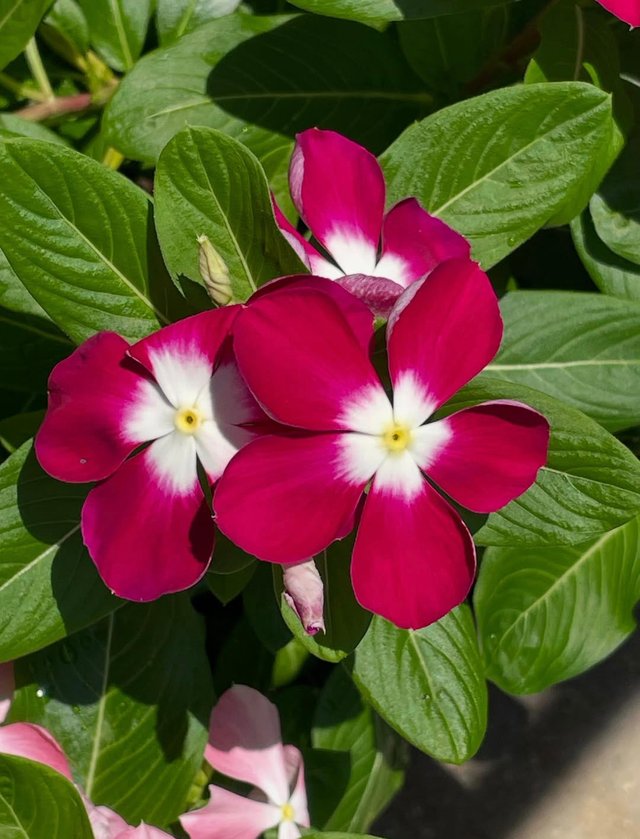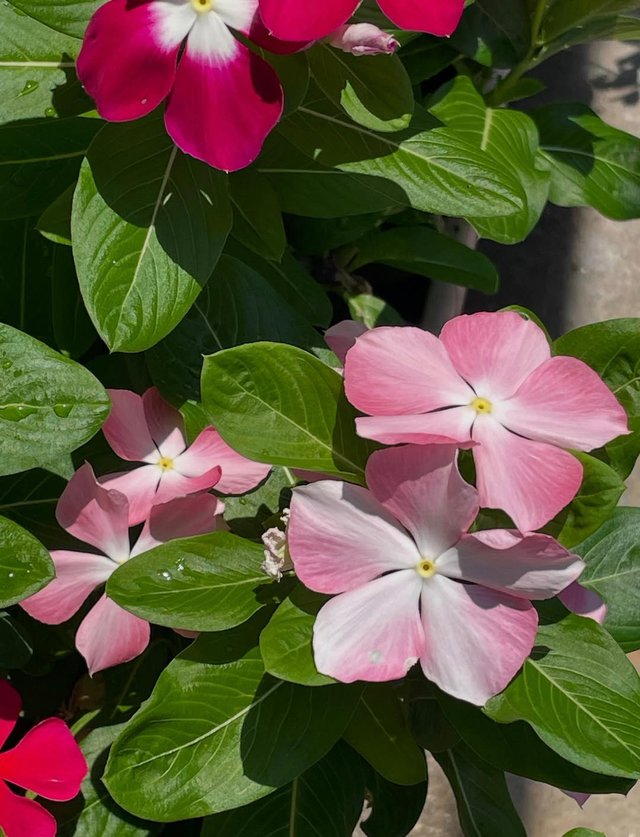Madagascar Periwinkle
Graceful, colorful, and deceptively modest, the Madagascar Periwinkle is one of nature’s most extraordinary creations. Though it appears to be a simple flowering plant with five-petaled pink or white blossoms, it carries within its delicate structure life-saving medicinal compounds, global ecological significance, and enduring appeal as an ornamental plant.Native to the island of Madagascar and now cultivated around the world, this resilient bloom is a staple in gardens, a cornerstone of traditional medicine, and a modern-day superhero in cancer treatment.
The Madagascar periwinkle is admired for its neat, compact form and vibrant, pinwheel-shaped flowers. It grows 1–3 feet tall and spreads as a low bush, making it perfect for borders, beds, and container gardening.Glossy, dark green, oval, arranged oppositely on stems.5-petaled, typically pink with a red center, but also seen in white, purple, or bi-colored varieties.All year in warm climates; spring to fall elsewhere.
Madagascar periwinkle thrives in a range of environments, making it ideal for beginner and expert gardeners alike. It is drought-tolerant, heat-resistant, and requires minimal care once established.Full sun to partial shade.Well-draining, loamy or sandy soils preferred.Moderate; overwatering can cause root rot.By seeds or stem cuttings.Light pruning helps maintain shape and encourages bushier growth
What sets Catharanthus roseus apart is not just its ornamental value but its immense medicinal potential. This plant is the source of two powerful alkaloids: vincristine and vinblastine, which revolutionized modern oncology.Used to treat childhood leukemia and Hodgkin’s lymphoma.Effective against breast cancer, Hodgkin’s disease, and testicular cancer.These compounds work by inhibiting cell division, thereby preventing the spread of cancerous cells.
Its nectar-rich flowers are especially attractive in sunny gardens, contributing to biodiversity and pollinator conservation efforts.



